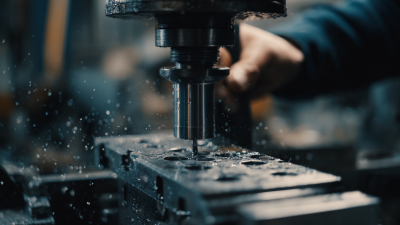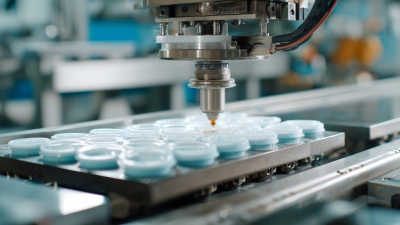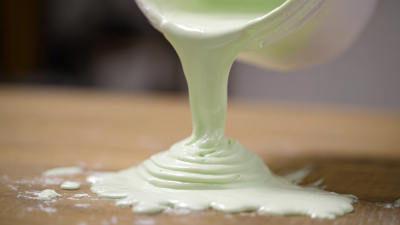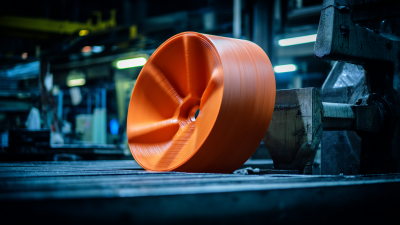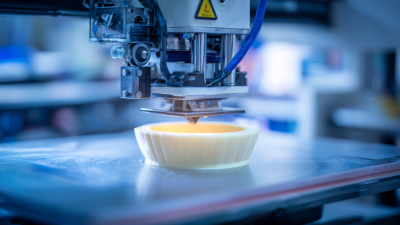The evolution of shapes in plastics has significantly influenced both industrial applications and everyday life, marking a transformative journey that reflects broader technological advancements. According to the "Global Plastics Market Report" by Smithers Pira, the global plastics market is projected to reach a value of $1 trillion by 2025, highlighting the growing importance of innovative designs and versatile shapes in this sector. Shapes plastics have revolutionized product design, enabling manufacturers to create lightweight, durable, and aesthetically pleasing items that cater to diverse consumer needs. From intricate components in automotive engineering to ergonomic consumer goods, the ability to manipulate shapes in plastics has allowed industries to optimize performance while driving sustainability through recycling and biodegradable options. This comprehensive exploration aims to unveil the dynamic interplay between plastic shapes and their applications, revealing how they have seamlessly integrated into our daily lives and influenced modern design principles.
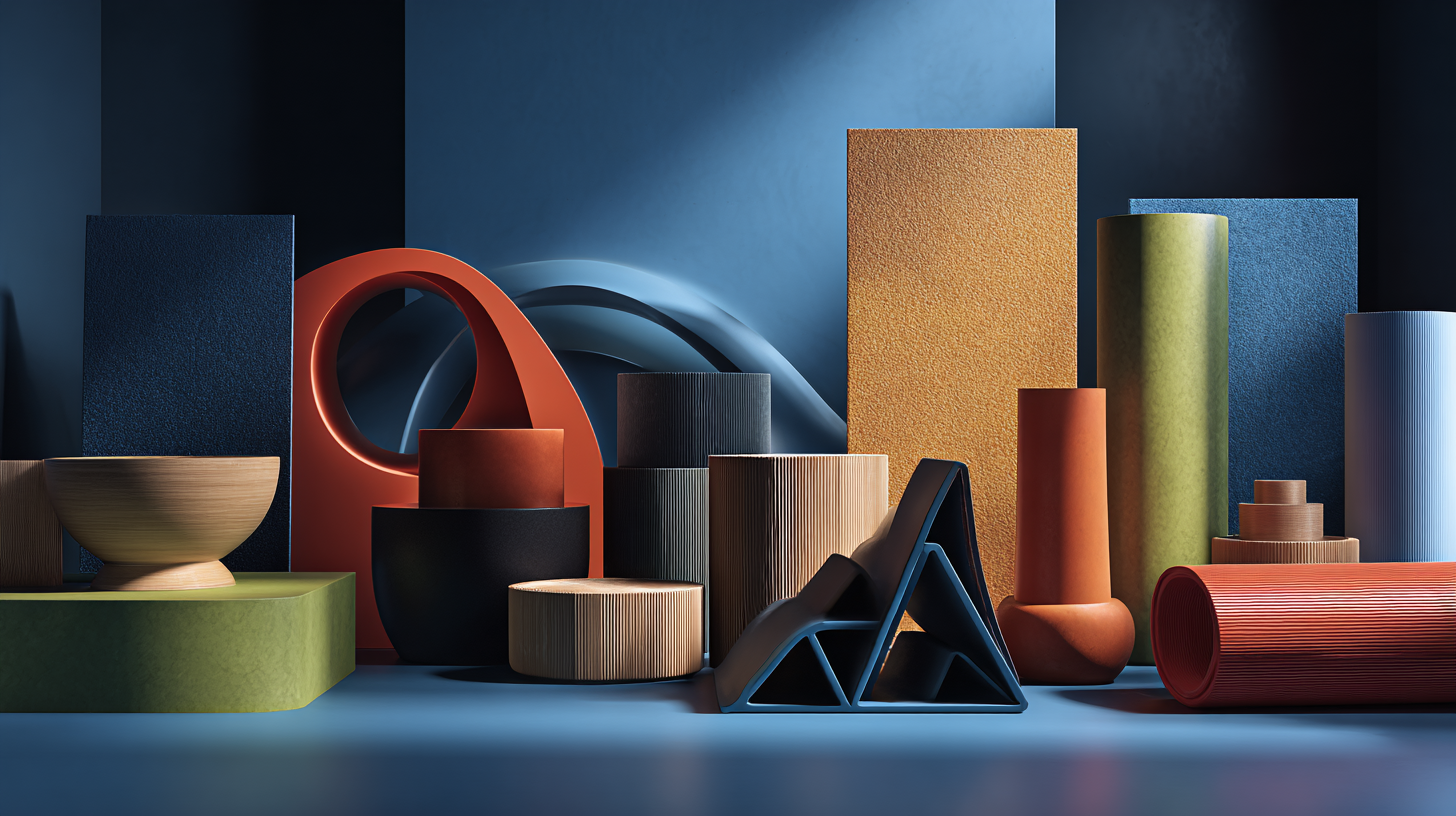
The evolution of plastic shapes has deep historical roots, beginning with the invention of Bakelite in the early 20th century, which marked the first synthetic plastic. This breakthrough led to a wave of innovations, as designers and engineers began to recognize the potential of plastics for creating complex forms that traditional materials could not achieve. Over time, plastics transitioned from industrial applications, such as electrical insulation and automotive components, to everyday items including household goods, packaging, and toys, fundamentally changing consumer culture.
Tips: When considering the impact of plastic shapes in your daily life, think about the versatility and functionality they bring. Look for products that utilize innovative designs to enhance usability while also being environmentally friendly.
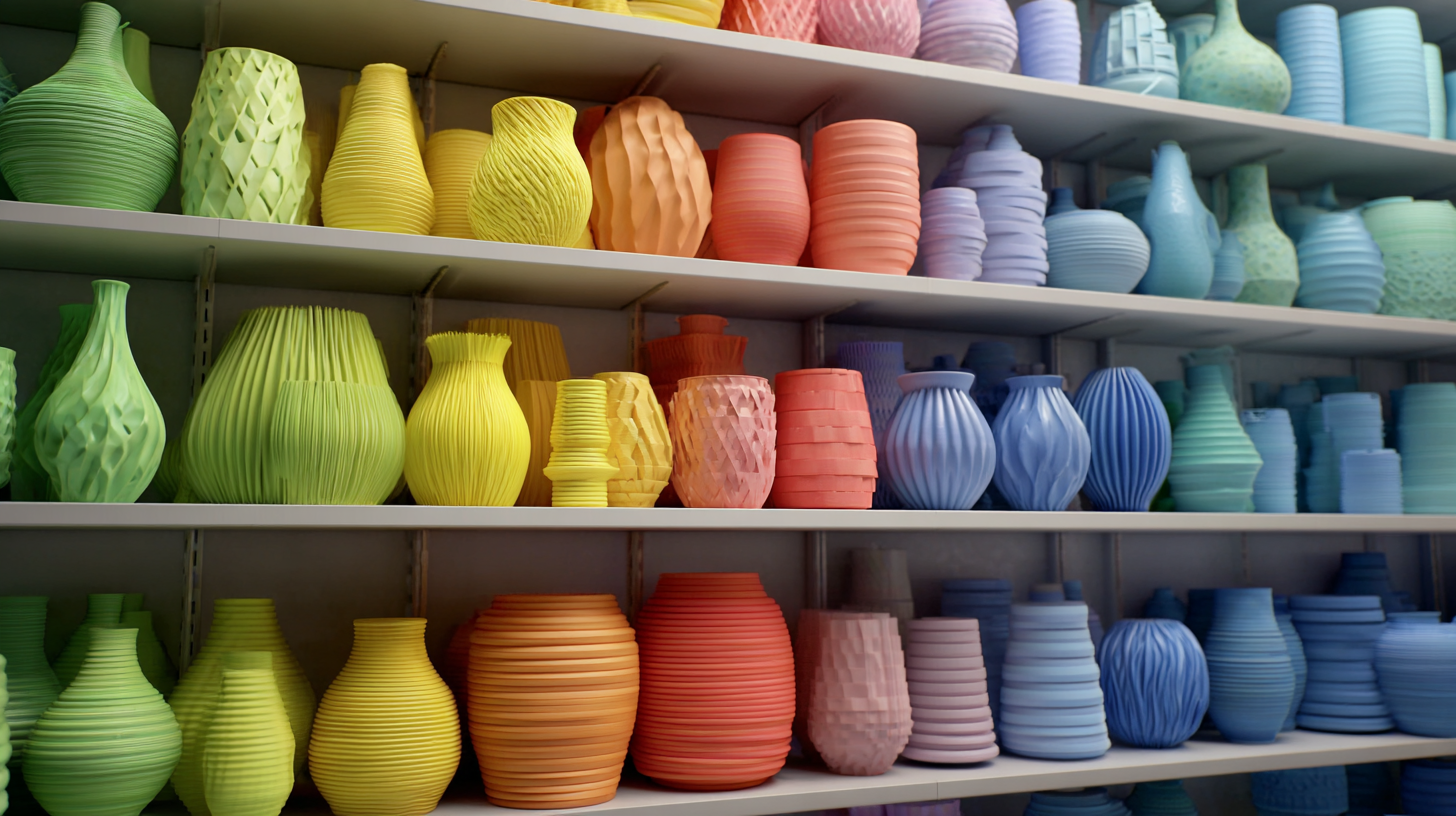
The evolution of plastic shapes has been profoundly influenced by industrial design, which plays a critical role in determining both functionality and aesthetic appeal. Industrial designers leverage materials like plastic to create innovative solutions that solve consumer problems while enhancing user experience. The shift towards ergonomics and sustainability in design has led to the development of shapes that are not only practical but also environmentally friendly, pushing the boundaries of traditional manufacturing.
As industrial design continues to evolve, it impacts the way plastics are perceived and utilized in everyday life. Contemporary designs prioritize lightweight forms and versatility, expanding the applications of plastics beyond mere industrial uses. This transformation has allowed plastic to infiltrate numerous aspects of daily life, from household items to consumer electronics. Such advancements highlight how industrial design not only shapes physical objects but also shapes consumer habits and societal standards, ultimately redefining our relationship with plastic materials.
The transformation of plastics in everyday life is reflected in their innovative applications and the ongoing efforts toward sustainability. Synthetic polymers, often taken for granted, are integral to a plethora of modern products, from packaging materials to household items. According to industry reports, the global production of plastics has seen a dramatic rise, with estimates suggesting that we produced approximately 368 million metric tons of plastic in 2019 alone. This surge underlines the necessity for effective management strategies, considering the alarming rates of plastic pollution that threaten both wildlife and human health.

Efforts are being made in the realm of sustainable practices, particularly in agriculture where plastics play a dual role. Research highlights that circular transformation in plastic management could significantly reduce the carbon footprint of the industry. By promoting the reduction, reuse, and recycling of plastic, we can transition away from using virgin plastics derived from fossil fuels. Moreover, advances in polymer analysis techniques are critical for developing innovative recycling methods, such as upcycling PET into valuable products like nylon. These developments not only address environmental challenges but also reflect the evolving role of plastics in our daily lives and their potential for a more sustainable future.
The evolution of plastic shapes has been profoundly influenced by the growing emphasis on sustainability and innovation in design. As global awareness of environmental issues heightens, companies are committing to reduce their reliance on traditional plastics and exploring innovative materials that align with circular economy principles. For instance, the food packaging industry, which generates substantial waste, is witnessing a shift towards sustainable packaging models that not only enhance recyclability but also minimize environmental impact. Recent reports indicate that over 60% of consumers are willing to pay more for sustainable packaging, highlighting a significant market trend towards eco-friendly solutions.
Innovations like those derived from renewable materials demonstrate a pivotal shift. Companies are developing alternatives such as eggshell-based materials, which serve multiple applications, revealing the versatility of sustainable resources. Meanwhile, collaborations focusing on plastic-free materials are emerging, with businesses exploring grain-based leathers as substitutes for traditional plastics. Such advancements reflect a growing understanding that sustainability and innovation must work hand in hand to reshape the future of plastic design while addressing the urgent challenges of pollution and waste.
| Use Case | Shape Type | Material Type | Sustainability Measures | Innovation Highlights |
|---|---|---|---|---|
| Packaging | Flexible Blisters | PET | Recyclable materials | Reduction of plastic by 30% |
| Household Items | Bottles | HDPE | Biodegradable additives | Streamlined design for less material use |
| Industrial Components | Custom Molds | ABS | Closed-loop recycling | Enhanced durability for longer life cycle |
| Electronics | Casing | PC/ABS | Recycled content integration | Lightweight design for efficiency |
| Transportation | Body Panels | Polypropylene | Lightweight composites | Improved fuel efficiency |
The evolution of shapes in plastics is an ongoing journey, with future trends poised to reinvent both industrial applications and everyday objects. As reported by the Grand View Research, the global plastic packaging market is projected to reach $1.2 trillion by 2028, signaling a substantial shift towards innovative shapes that enhance functionality and aesthetics. Advanced manufacturing techniques such as 3D printing and injection molding are enabling designers to create complex geometries that were once deemed impossible. These innovations not only expand design possibilities but also promote sustainability by optimizing material use and reducing waste.
In everyday life, the influence of evolving shapes in plastics is becoming increasingly evident. According to a recent study by Allied Market Research, the demand for biodegradable plastics is expected to surpass 6 million tons by 2025, driving the need for new forms that maintain composability without sacrificing performance. This shift emphasizes the importance of design in the plastic lifecycle, where shapes are engineered not just for utility but also for environmental impact. With the convergence of technology and sustainability, the future will likely see plastics that adapt to user needs, further transforming our interaction with materials around us.
